As of this afternoon, the first full review of the new Sigma 20mm 1.4 has been published over on www.lenstip.com You can read the full review here: Lenstip 20mm 1.4 Sigma review
From a quick read I have determined the following:
- The resolution of this lens can be expected to be superior to pretty much all other 20mm fast lenses out there, including the recent Nikon 20mm 1.8. It seems that the center resolution even at F1.4 is excellent and by F3.5 to F4.0 the corners are very sharp also.
- There might be some issues with Chromatic aberrations, but hopefully the LR lens profile when available will correct for this. The build quality is as expected, excellent as with all the Sigma Art glass
- Coma, sadly it seems that this lens falls a bit short with coma corrections. Per the testing at Lenstip, there are pretty harsh coma issues from F1.4 till F 2.0. From their examples, it appears to me that these coma issues are as bad as with the 24mm 1.4 Sigma Art lens. However the example shown at F2.0 looks pretty good to me as there are butterfly wings showing, but nothing like what the Nikon 20mm F 1.8 shows at F 2.0 or even F 2.5. I had hoped that this new lens, which Sigma states “is specifically designed to remove coma” would fare a bit better. In daylight work, the coma aberrations may not show up, but anyone wanting to use this lens at night for astro-photography will be a bit disappointed as the quest has always been to get a wide that will work at F 1.4 without coma.
- Build quality appears to be as with all the Art line of lenses, excellent.
My main need for a fast wide, is night photography, where the difference between F 2.8 and F 1.4 is huge and can allow for a vastly different quality image as you can shoot short exposures of the Milky Way and other starscapes without having to be at a grossly high iso setting like ISO 12800. There was no mention of the bokeh wide open, and again I am hoping to see something better than Sigma was able to provide for the 24mm F 1.4 which to my eyes has a very disruptive bokeh on landscapes, not as much on macro work.
The new Sigma Art 20mm 1.4 already has one strike against it with the fact that it has a fixed hood, and curved outer element which eliminates the ability to use standard filters. Hopefully Lee or another company will come out with an adapter for this lens to use the SW-150 filter setup or something similar.
I have one of the new 20mm 1.4’s on order, hopefully it will ship sometime mid November, but I am not expecting it until December.
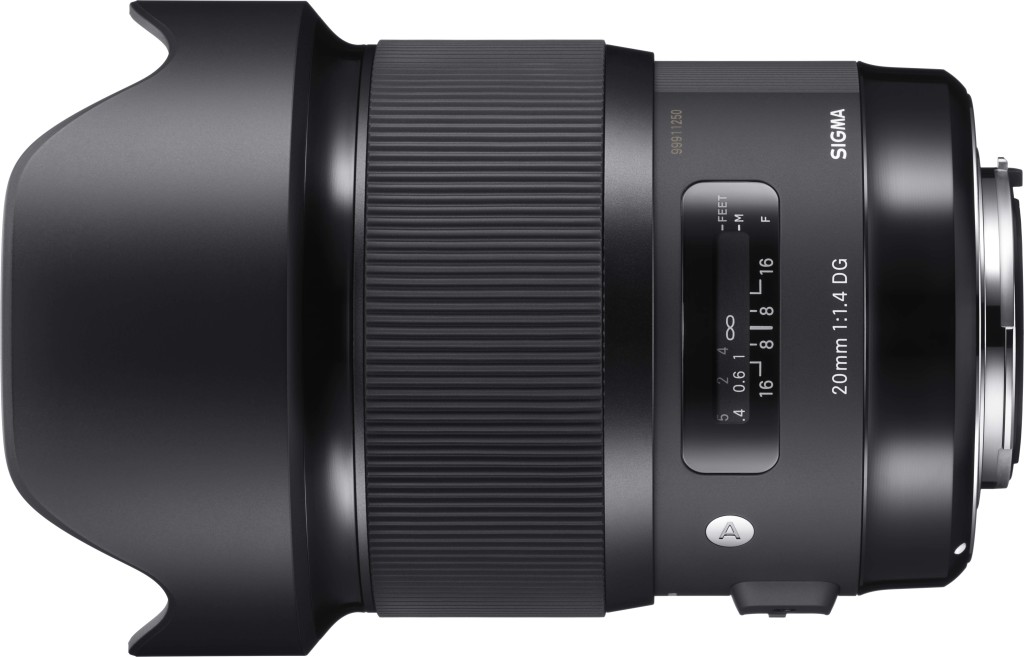
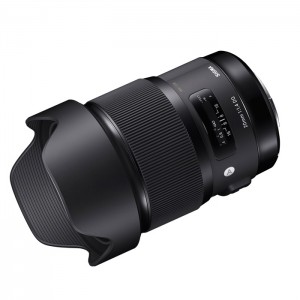
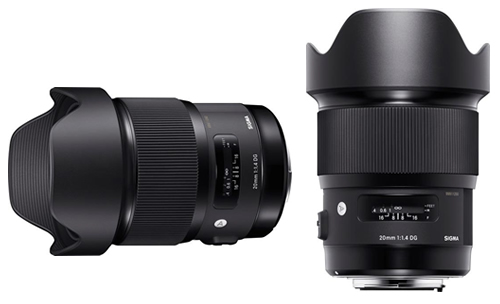
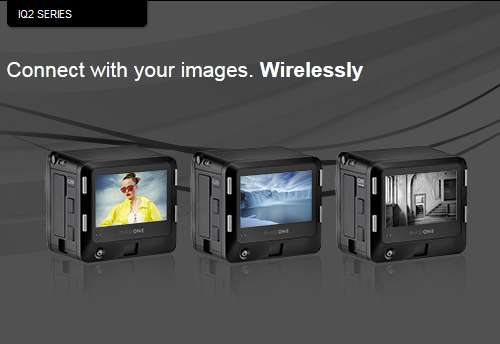
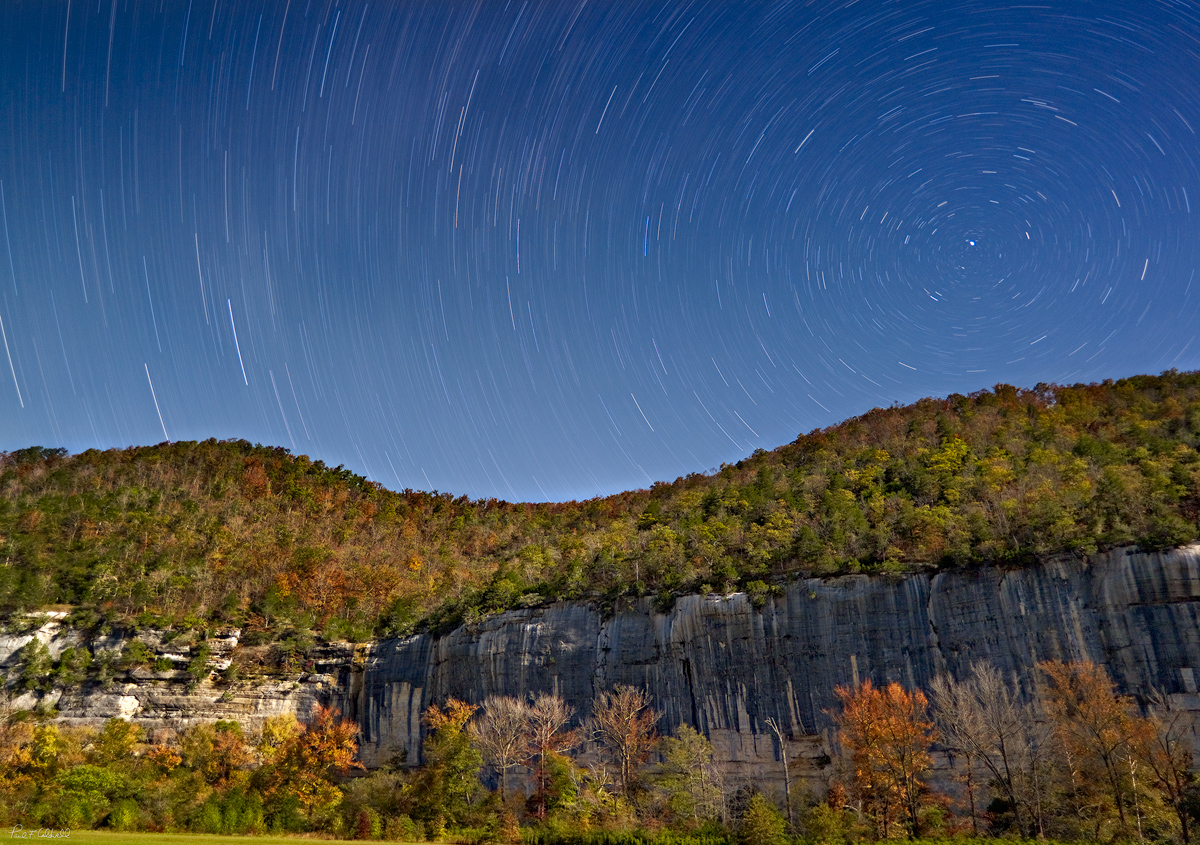
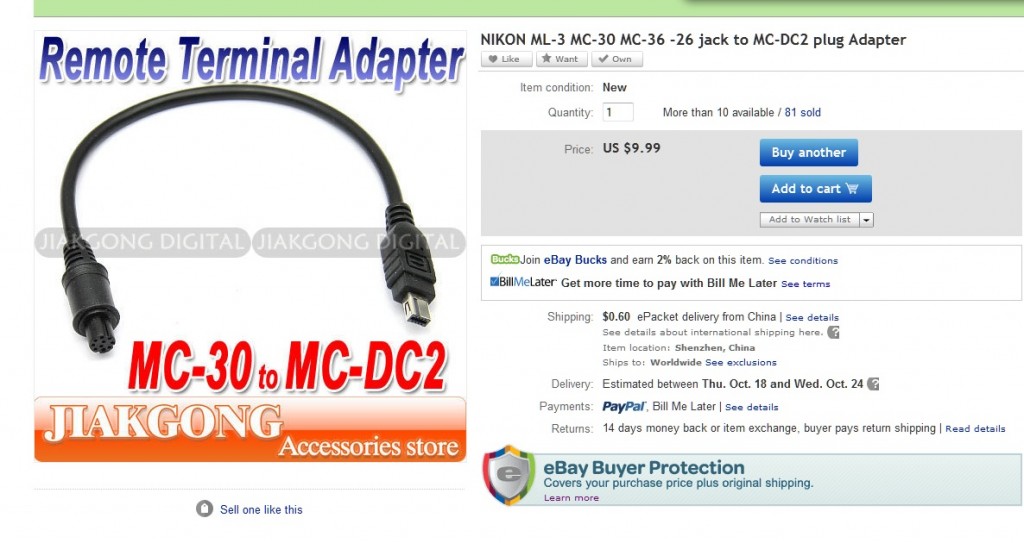
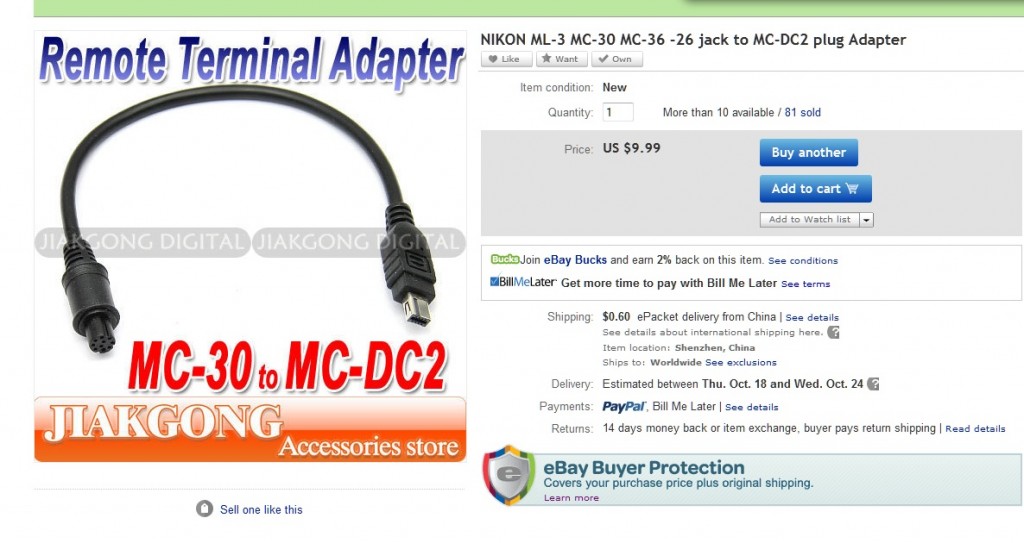
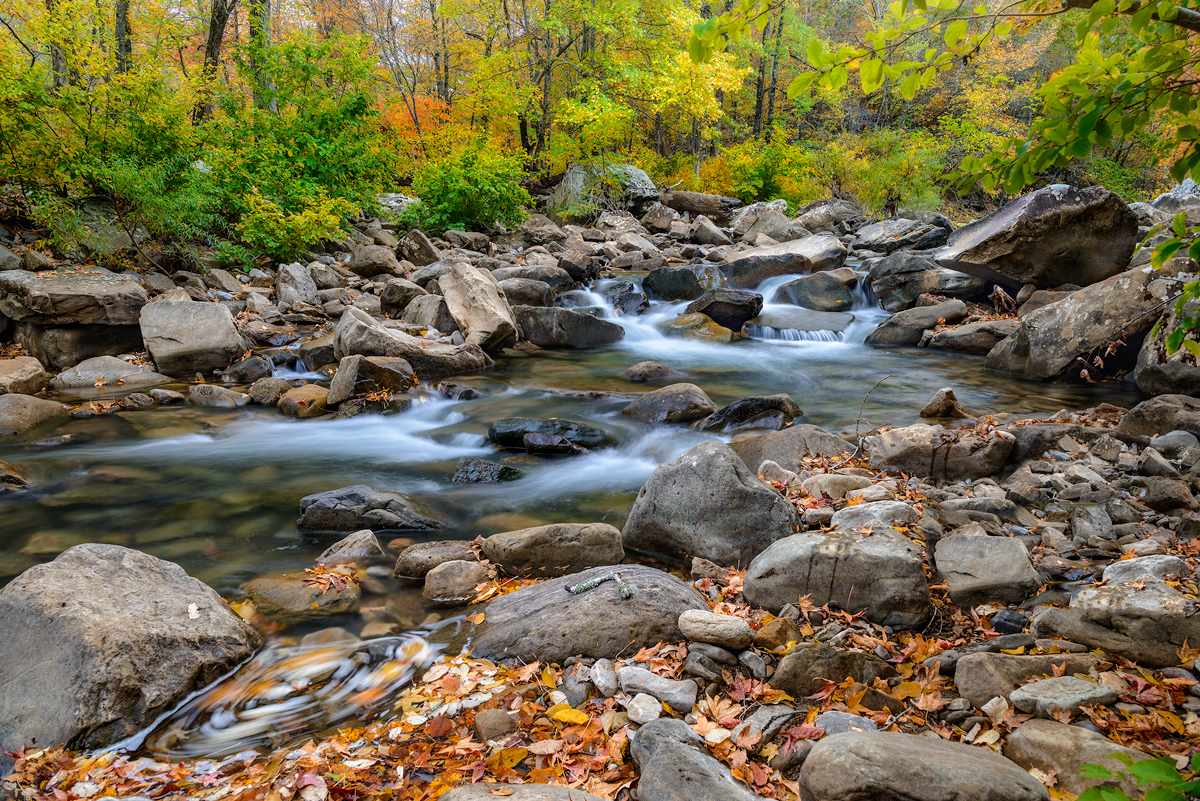
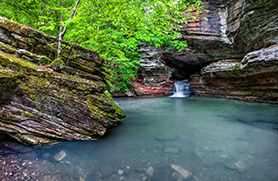
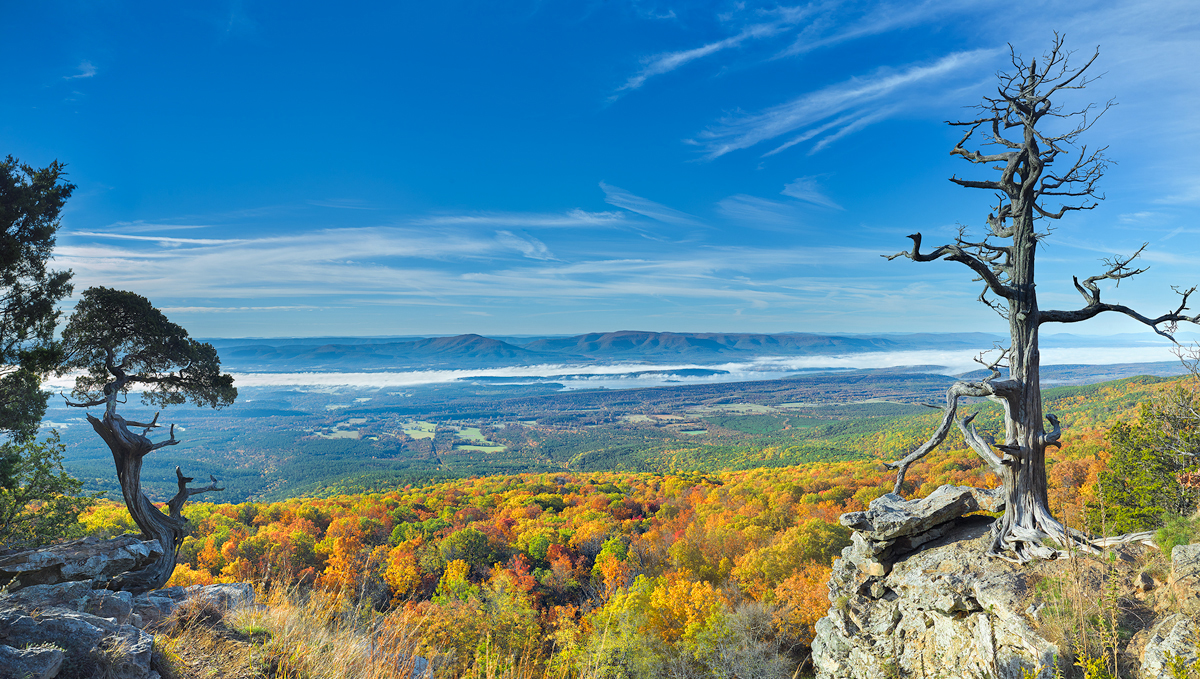
Recent Comments